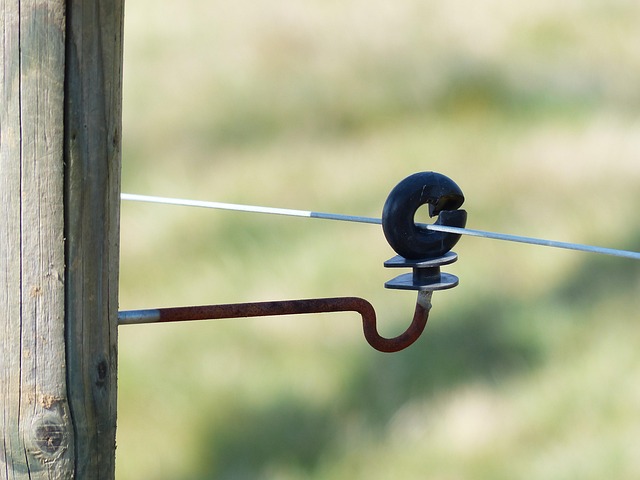DIY Fence Installation Tips for New Bedford, Massachusetts Homeowners
Considered a significant addition to any property, fences serve both aesthetic and practical purposes. For New Bedford homeowners looking to install a fence, understanding the options, planning meticulously, and following proper DIY installation techniques are key to achieving a durable, appealing barrier. This article guides you through each step, from selecting the right material for your climate and local aesthetics to maintaining your new fence for extended longevity. By the end, you’ll be equipped with the knowledge to transform your outdoor space confidently.
- Understanding Your Fence Options for New Bedford
- Planning and Permits: What Homeowners Need to Know
- Step-by-Step Guide to DIY Fence Installation
- Tips for Maintenance and Longevity of Your New Fence
Understanding Your Fence Options for New Bedford
When it comes to DIY fence installation, homeowners in New Bedford have a variety of options to choose from, each with its unique advantages and considerations. The first step is to decide on the type of fence that best suits your needs. Wood fences are popular for their natural aesthetic appeal and relative affordability. They require regular maintenance but offer excellent privacy. On the other hand, vinyl fences are low-maintenance and durable, making them ideal for those seeking a long-lasting option. Chain link fences provide security and visibility, often chosen for backyard or perimeter fencing. Before starting your project, consider factors like budget, desired look, and the level of upkeep you’re willing to commit to.
Additionally, local regulations and neighborhood associations may have guidelines regarding fence height, materials, and placement. It’s essential to check with New Bedford’s relevant authorities to ensure your chosen fence complies with these rules, avoiding any potential issues or penalties during or after installation.
Planning and Permits: What Homeowners Need to Know
Before breaking ground on your DIY fence project, New Bedford homeowners need to understand that planning and permits are crucial steps in the installation process. While many smaller, residential projects may not require formal approval from local authorities, it’s always best to check with your town or city hall to verify any specific regulations or restrictions for adding a new fence. This can include understanding set-back requirements, height limits, and permitted materials. Failing to obtain necessary permits could result in project delays or even penalties, so take the time to research and ensure compliance from the outset.
Step-by-Step Guide to DIY Fence Installation
When taking on a DIY fence installation project, it’s crucial to be prepared and follow a structured approach. Start by measuring the perimeter of your yard to determine the required length of fencing material. Choose the right type of fence for your needs, considering factors like privacy, aesthetic appeal, and budget. Next, gather all necessary tools such as post-hole diggers, hammers, power drills, and wooden posts or pre-fabricated fence panels.
Mark the positions of the posts along the perimeter using string and stakes to ensure a straight line. Dig holes for the posts, making sure they are deep enough (typically one-third to half the post’s height) and wide enough (around 8-10 inches in diameter). Set the posts in place, ensuring they are plumb (perfectly vertical), then secure them with concrete. Once the concrete sets, attach the fencing material to the posts using brackets or nails, following manufacturer instructions for panel placement.
Tips for Maintenance and Longevity of Your New Fence
Regular maintenance is key to keeping your new fence looking its best and ensuring its longevity. Start by cleaning your fence regularly, removing any leaves, debris, or dirt that may accumulate over time. Use a soft-bristled brush and mild soap for washing, avoiding harsh chemicals that could damage the material. Inspect your fence for any signs of wear, such as cracked panels, loose posts, or damaged rails, and repair these issues promptly to prevent further deterioration.
To maintain the appearance and protect against the elements, apply a fresh coat of paint or sealant every few years. This simple step will help preserve the color and finish of your fence, adding years to its lifespan. Additionally, keep an eye out for any signs of pests or infestations, addressing them immediately to avoid extensive damage. Regular trimming around the fence line can also enhance its overall aesthetic appeal.
